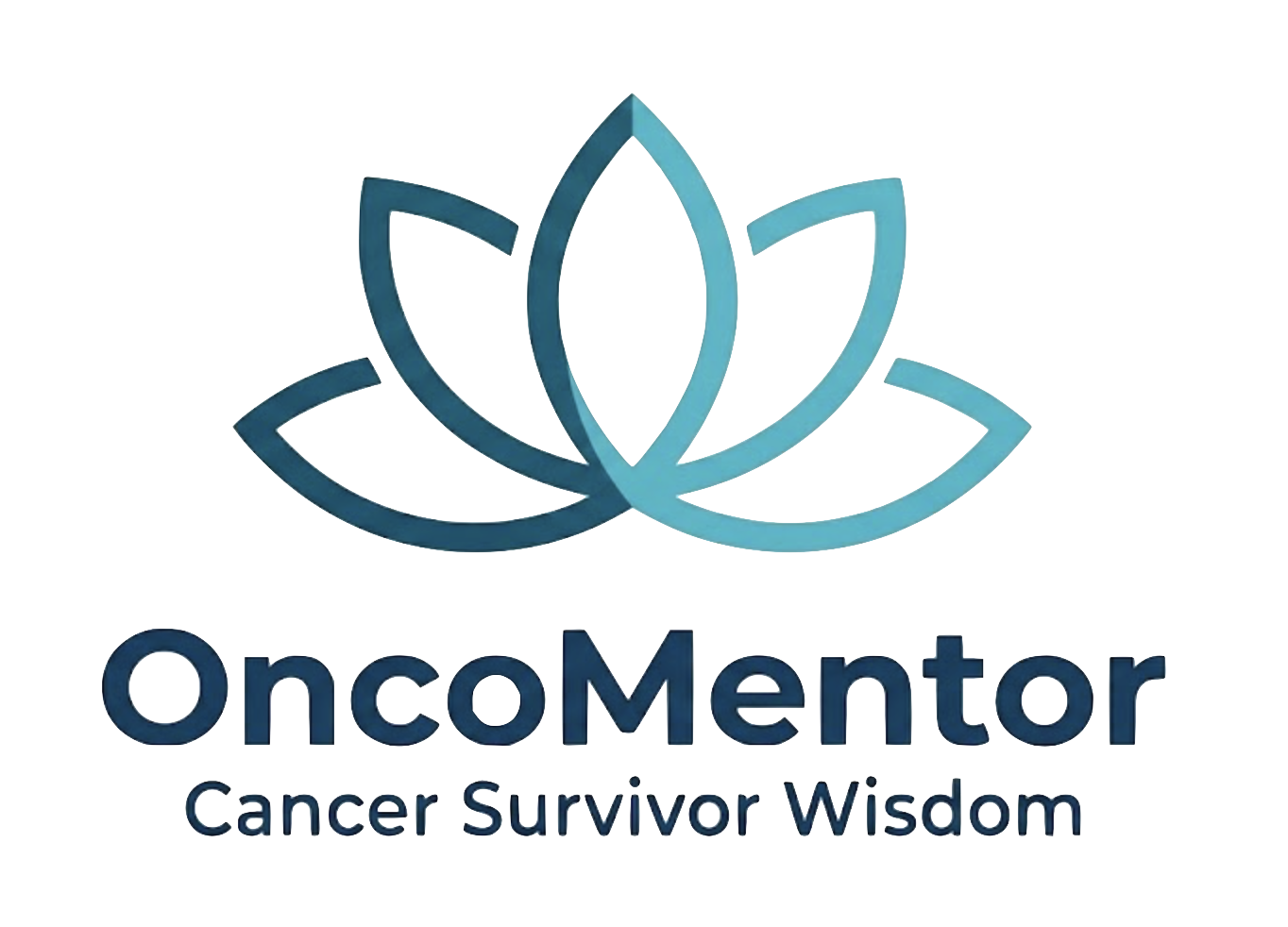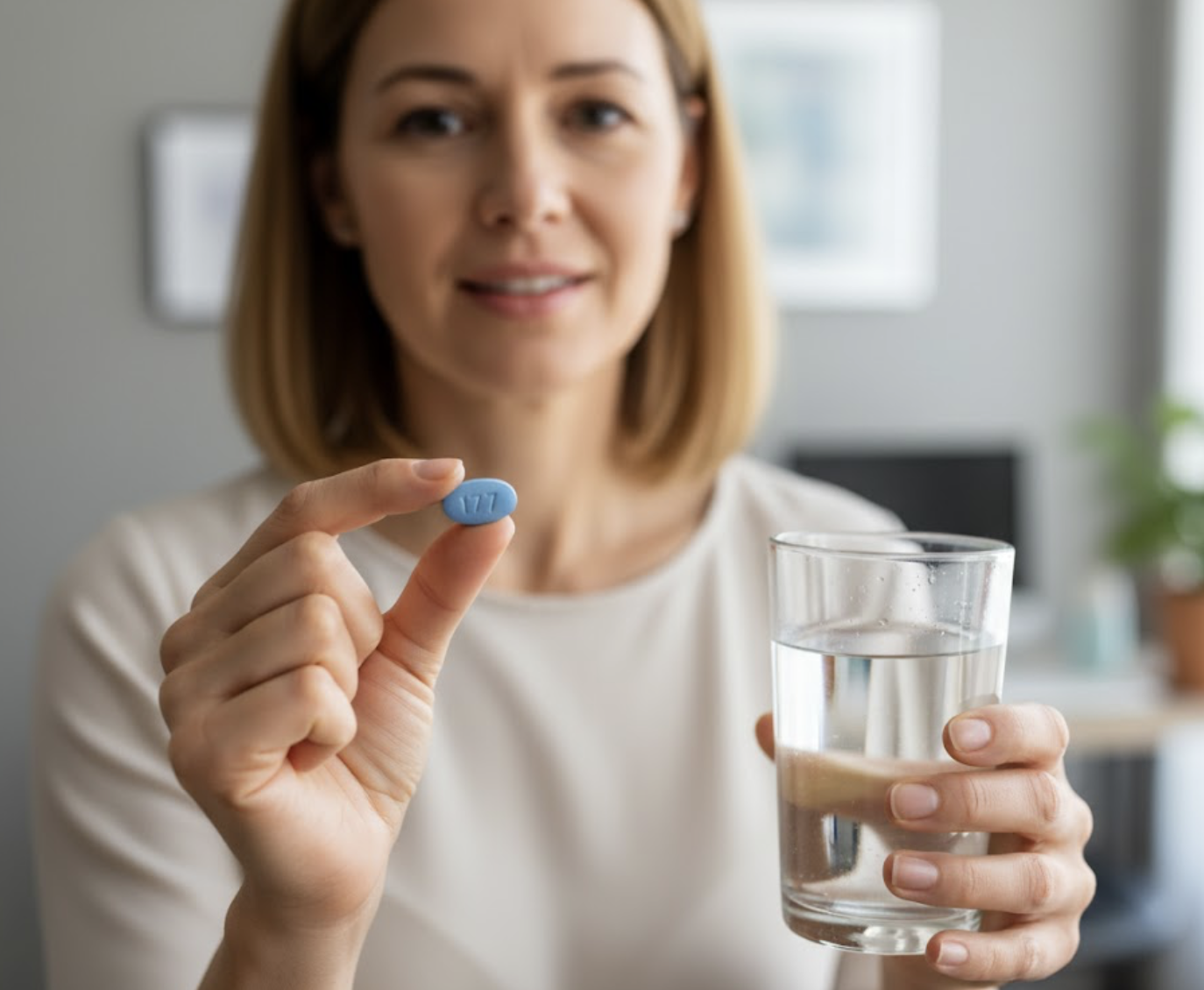The Power of Movement in Cancer Recovery
Movement helps cancer survivors reduce fatigue and improve recovery.

For decades, the standard advice for individuals navigating a cancer diagnosis was simple: rest. Conserve energy. Let your body heal. While well-intentioned, this counsel often led to prolonged periods of inactivity, inadvertently contributing to the very side effects it sought to prevent. But today, a paradigm shift is underway, driven by a growing body of evidence that champions physical activity not as a risk, but as a potent and often essential tool for recovery. Exercise, once seen as an elective, is now emerging as a cornerstone of modern cancer care.
This new understanding is rooted in a more nuanced view of the body's response to both cancer and its treatments. Cancer-related fatigue, for instance, is a pervasive and debilitating symptom that affects the majority of patients undergoing chemotherapy or radiation. Unlike simple tiredness, this is a profound exhaustion that doesn't resolve with rest. Inactivity, it turns out, can exacerbate this fatigue by leading to muscle deconditioning and reduced cardiorespiratory fitness. Regular, moderate physical activity, such as a brisk walk or light resistance training, can help counteract this effect. By improving cardiovascular health and muscle function, exercise can actually increase a person's energy reserves, making everyday tasks feel less burdensome and improving overall quality of life.
Beyond managing fatigue, the benefits of movement extend to a wide range of physical and mental health outcomes. Studies have shown that physical activity can help mitigate other common side effects like nausea, pain, and "chemo brain," the cognitive fog that can accompany treatment. Exercise is also a powerful antidote to the psychological toll of cancer. It can significantly reduce symptoms of anxiety and depression, boost self-esteem, and provide a sense of control and empowerment during a time when much of life feels out of one's hands.
The science is also pointing to a deeper, more profound connection between physical activity and long-term health. For survivors of certain cancers, including breast, colon, and prostate cancers, regular exercise has been shown to reduce the risk of recurrence and improve overall survival rates. While the exact mechanisms are still being explored, researchers believe that exercise helps by regulating hormones, reducing inflammation, improving immune function, and maintaining a healthy body weight, all factors linked to cancer risk and progression.
Of course, the prescription for movement is not one-size-fits-all. The type, duration, and intensity of physical activity must be carefully tailored to an individual's specific diagnosis, treatment plan, and physical limitations. An oncology team, which may include doctors, nurses, and physical therapists, is crucial for developing a safe and effective exercise plan. They can help navigate potential complications, such as a weakened immune system or bone density loss, and ensure that the activity is both beneficial and safe.
From gentle yoga and stretching to brisk walking and strength training, the options are as varied as the individuals they serve. The key is to start slowly, listen to your body, and gradually build up over time. As the conversation around cancer recovery evolves, the message is clear: the journey back to health is not one of stillness, but of purposeful, powerful movement. By embracing physical activity as a form of medicine, cancer survivors are not just recovering; they are reclaiming their lives.
This article is for informational purposes only and does not constitute medical advice. The content is not intended to be a substitute for professional medical advice, diagnosis, or treatment. Always seek the advice of your physician or another qualified health provider with any questions you may have regarding a medical condition. Never disregard professional medical advice or delay in seeking it because of something you have read in this article.
https://www.cancer.gov/news-events/cancer-currents-blog/2024/cancer-survivors-minority-underserved-improving-activity




